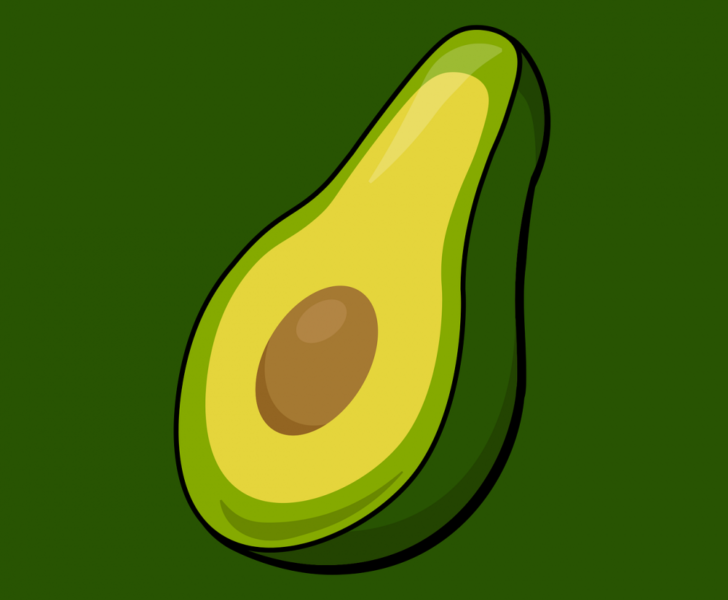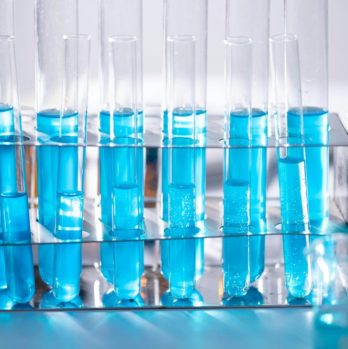High Protein Diet: A Comprehensive Overview

Introduction:
A high protein diet is a dietary approach that emphasizes the consumption of foods rich in proteins. This article aims to provide an in-depth understanding of high protein diets by exploring what they are, the different types, popular options, quantitative measurements, variations among them, and a historical overview of the benefits and drawbacks associated with these diets.
What is a High Protein Diet?

A high protein diet is characterized by the consumption of foods that are abundant in protein. Proteins are macronutrients that play a crucial role in various bodily functions, such as building and repairing tissues, supporting the immune system, and producing enzymes and hormones.
Types of High Protein Diets:
1. The Paleo Diet:
The Paleo diet revolves around consuming foods that are similar to those of our ancestors during the Paleolithic era. It primarily includes lean meats, fish, poultry, fruits, vegetables, nuts, and seeds. This diet aims to exclude processed foods and focuses on natural protein sources.
2. The Ketogenic Diet:
The Ketogenic diet is a low-carb, high-fat diet that also includes moderate protein intake. It forces the body to enter a metabolic state called ketosis, where it relies on fats for fuel instead of carbohydrates. Adequate protein consumption is essential for preserving muscle mass during ketosis.
3. The Mediterranean Diet:
Although not solely focused on high protein intake, the Mediterranean diet emphasizes consuming adequate amounts of fish, poultry, legumes, and dairy products, which contribute to a balanced protein intake. This diet is renowned for its overall health benefits, including heart health and weight management.
Quantitative Measurements:
When following a high protein diet, it is essential to consider the recommended daily protein intake. On average, adults should aim for 0.8 grams of protein per kilogram of body weight. However, athletes, pregnant women, and individuals engaged in intense physical activities may require higher protein intake.
For example, a sedentary adult weighing 68 kilograms would need around 55 grams of protein daily. On the other hand, an athlete weighing the same may need around 102 grams of protein. These figures can serve as a general guideline for individuals planning to adopt a high protein diet.
Differences Between High Protein Diets:
While all high protein diets share the common goal of increasing protein consumption, they differ in their macronutrient composition and allowable food choices. The Paleo diet prioritizes whole and natural foods, while the Ketogenic diet focuses on fat intake. The Mediterranean diet, on the other hand, promotes a balanced intake of all macronutrients.
Moreover, the extent of carbohydrate restriction and fat intake varies across different high protein diets. Understanding these differences allows individuals to choose a diet that aligns with their preferences and health goals.
Historical Overview of Benefits and Drawbacks:
Over the years, high protein diets have garnered attention for their potential benefits and drawbacks. Some benefits include improved satiety, increased muscle mass, enhanced weight management, and better metabolic health. High protein diets have also shown promising effects in maintaining bone health and reducing blood pressure.
However, it is crucial to consider potential drawbacks as well. High protein diets may put strain on kidney function, and excessive consumption of animal-based proteins may increase the risk of certain chronic diseases. Additionally, for individuals with specific dietary restrictions or medical conditions, such diets may not be suitable.
In conclusion, a high protein diet revolves around consuming protein-rich foods and offers various options to cater to different preferences and health goals. Understanding the recommended protein intake, differences between high protein diets, and their historical benefits and drawbacks is necessary for making informed dietary choices.
[Insert Video Here]
By providing an extensive overview, quantitative measurements, and historical context, this article aims to offer a comprehensive understanding of high protein diets. It is essential for individuals to consult with a healthcare professional or registered dietitian before making significant dietary changes.











